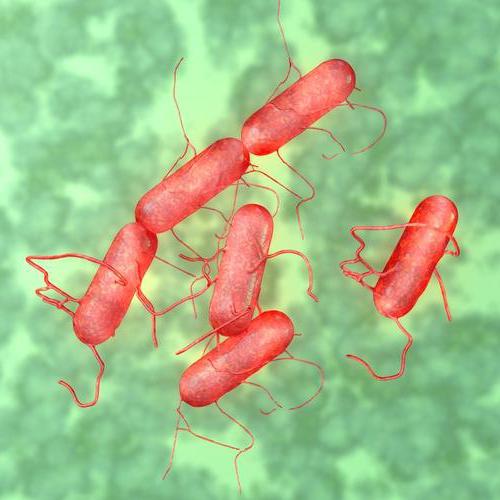Many bacteria belong to opportunistic flora. They can be located in almost all parts of the body, most often in the gastrointestinal tract. One representative of such microorganisms is Enterobacter cloacae. These bacteria live together with humans permanently, while doing nothing to harm their condition. Under the influence of adverse factors, they begin to multiply intensively, as a result of which they become pathogenic. Enterobacteria are ubiquitous, they can live both in a free state (in rivers, sewage, on the surface of plants), and inside the body of humans and animals. Enterobacter cloacae belong to saprophytes living on the mucous membrane of the small and large intestines, in the distal digestive tract.
What are enterobacteria?
Enterobacteria are gram-negative bacilli that are not able to form spores. They are facultative anaerobes, that is, they are able to survive without oxygen. Enterobacteria are resistant to most disinfectants, as well as to many antibacterial drugs. These microorganisms are divided into many genera, some of which cause serious diseases. Enterobacter cloacae do not belong to the pathogenic flora, therefore, in the normal state of the body, they do not pose any harm. These bacteria become pathogenic with a strong weakening of the body, so they are often called opportunistic infections. You can get infected only from a person or an animal, by the fecal-oral or alimentary route (when eating infected meat, milk, eggs). In a hospital, the transfer of enterobacteria is also carried out through the hands of medical personnel. This type of microorganism often causes nosocomial infections.
Enterobacter cloacae: symptoms of infection
Enterobacteria most often cause digestive tract disorders, but can also parasitize in other departments. Due to the fact that the urogenital organs in women are in close proximity to the intestines, inflammatory processes caused by the microflora of the latter are often observed there. With severe weakness of the immune system, enterobacteria can multiply intensely in other parts of the body, such as the pharynx. Due to this, they enter the respiratory tract and become one of the causative agents of nosocomial pneumonia - a serious condition that is difficult to treat. With the penetration of enterobacteria into the bloodstream, septicemia occurs - a disease, as a result of which they parasitize in all organs and systems. The most common symptoms of infection are abdominal pain, stool disorders, nausea, itching and burning in the genital area (usually in women), fever to subfebrile numbers. In newborns and seriously ill patients, enterobacteria can cause meningitis, pyelonephritis, septicemia.

Diagnosis of diseases caused by enterobacteria
It is possible to understand that a patient has just enterobacterial infection by a number of diagnostic criteria. Firstly, such patients are most often severely weakened, take antibiotics for a long time, or are hospitalized for a long time. Given these factors, as well as the characteristic symptoms, conduct special research methods. When excreting Enterobacter cloacae in feces, it must be borne in mind that the intestine is the habitat of these microorganisms, so their small number does not indicate infection. The norm is 10 * 5, pathological conditions caused by enterobacteria are observed with an increase in this indicator. An increase in the level of Enterobacter cloacae in the urine is most often found with cystitis, vaginitis, vulvitis.
Treatment of enterobacter infections
Due to the fact that enterobacteria cause the disease only in weakened patients, it is first necessary to increase immunity, avoid adverse factors, and treat the main pathology. In addition, an increase in Enterobacter cloacae can be observed with prolonged use of antibiotics. In this case, it is necessary to cancel the therapy. If it is impossible, it is recommended to use funds that protect against intestinal dysbiosis. These include drugs containing lactobacilli and bifidobacteria. Also do not forget about symptomatic therapy.